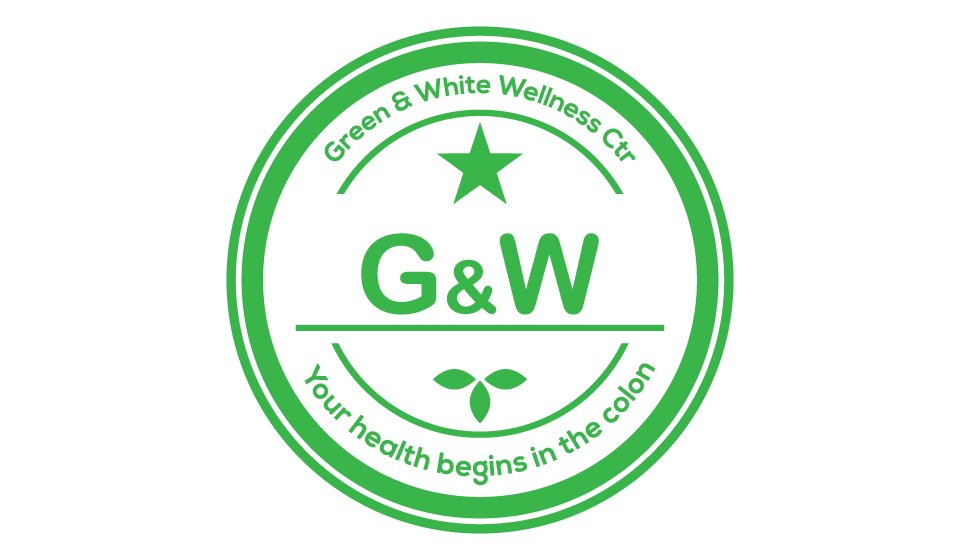Hey, Hey, Hey! How are you these days?
It’s hot, hot, hot outside.
And we just witnessed the most beautiful Full Sturgeon Moon.
I was running this morning at 6 am and I admired it again,
even though it’s passed its prime – but still it looks magnificent.
I hope you had a chance to watch it.
I know that our energy is affected by Moon cycles.
I feel I had a lot of energy the past few days.
And to continue the subject of our body organs – liver health,
and today I want to explore our Gallbladder.
A small, pear-shaped organ located under your liver,
your gallbladder stores the bile that your liver produces.
When your body needs it,
the gallbladder squeezes the bile through tubes called bile ducts
into your small intestine. Bile helps break down fats from meals.
But sometimes, the substances that comprise bile, including cholesterol,
bile salts, and bilirubin, can build up too much and harden into gallstones.
This is the most common reason for gallbladder removal.
Do you know that in the US 600,000 gallbladder removal surgeries
were done during one consecutive year? When I read this number –
I was astounded. It’s a huge number. And that number will be on the rise.
Cholecystectomy, or surgical gallbladder removal,
is the standard medical treatment for patients for acute biliary pancreatitis,
with typically is result of gallstones.
And the most common cause for gallstones is your diet.
A meta-analysis published in March 2016 in the
Journal of Diabetes and Its Complications shows mounting evidence
for an increased risk of gallbladder disease among people with diabetes.
But there are multiple theories about how diabetes and insulin
resistance, in general, affect gallbladder health.
For one, people with type 2 diabetes tend to be overweight or obese,
one of the main risk factors of gallbladder disease.
Obesity increases cholesterol secretion into the bile,
which can accumulate in the gallbladder and eventually
lead to the formation of gallstones.
People with diabetes also have higher levels of triglycerides,
a type of fat that may encourage gallstone formation,
according to the Penn State Health Milton S. Hershey Medical Center.
In a study published in the journal Hepatology in June 2013,
researchers found that a high BMI was associated with an increased
risk of gallstones, and this association was stronger for women.
Researchers say that obesity may be a precursor to gallbladder
disease because abdominal fat mass may cause gallbladder hypomotility
(decreased movement of the gallbladder) and bile stasis
(when bile can’t flow efficiently), another risk factor for gallstone formation.
I learned all about the gallbladder and these stones when my grandmother got sick with it.
And in Russia in those days we did not have surgery available at our disposal.
I remember that she was in pain for quite some time,
but the doctor told her to fast and eat acidic food.
I have no idea now how she survived and what
else she did to avoid the pain and live comfortably.
But she did not have any surgeries and lived to be 98.
So – two decades ago I had a friend – she is Nurse Practitioner, and she asked me:
Did I ever detox my gallbladder or my liver?
Of course not! And she asked me: Would I like to try it!
Sure! I’m open to everything that will make me healthy.
So – we worked together for a couple of months
and I did 3 times liver and gallbladder detox.
To my astonishment I realized that even though
I was healthy, we do create gallbladder stones.
It was an amazing experience.
And every year after that I do that detox twice a year.
Now – I’m on the journey to spread my knowledge and teach
and help other people to be healthy and happy.
This program will be available for you soon.
I will be continuing to write about it and why should you consider it.
As always, Elena with love!


Recent Comments